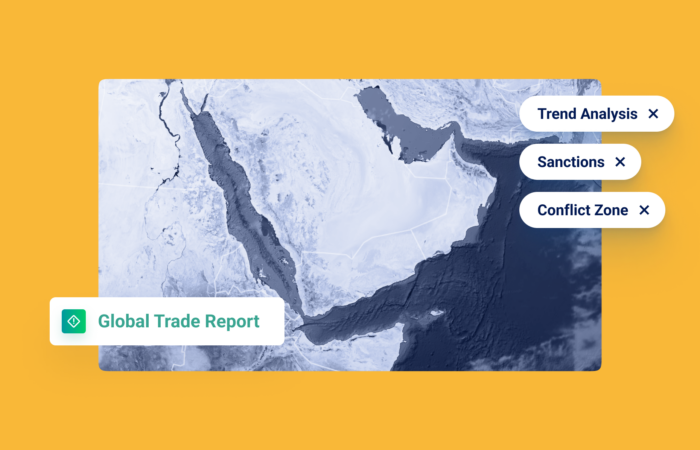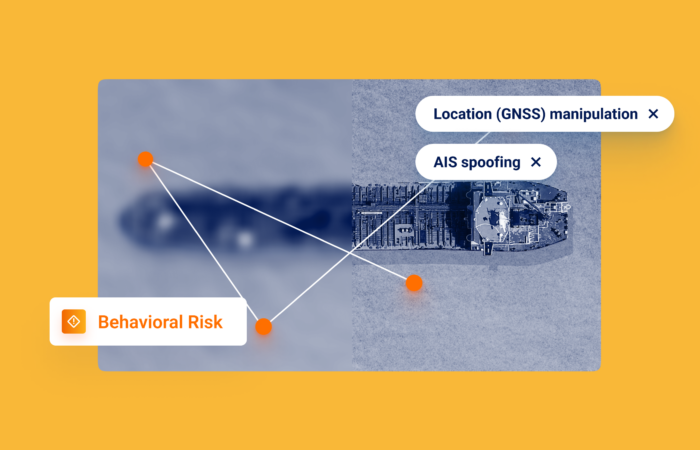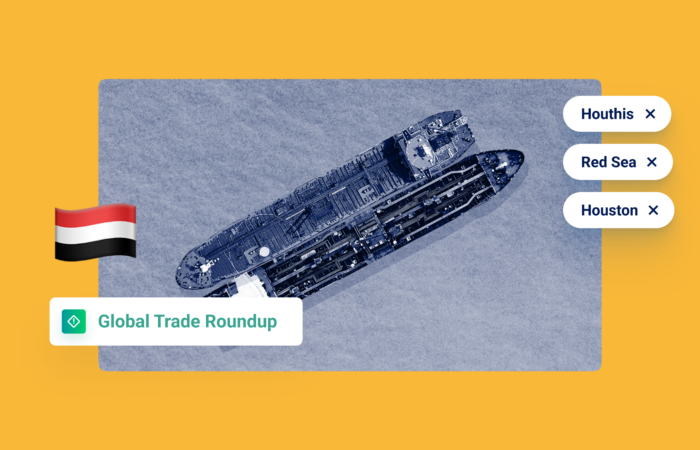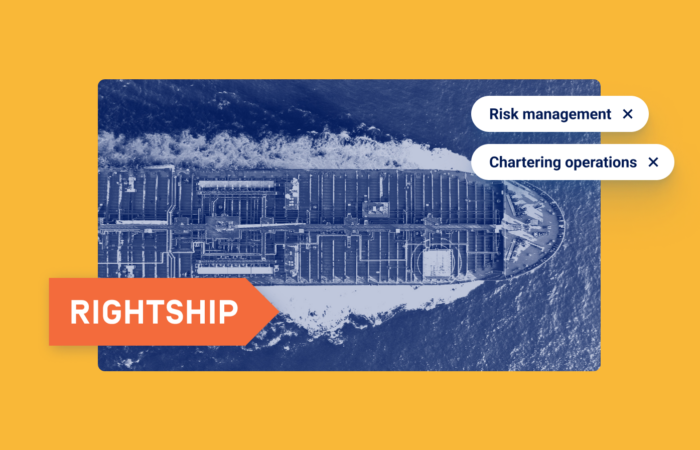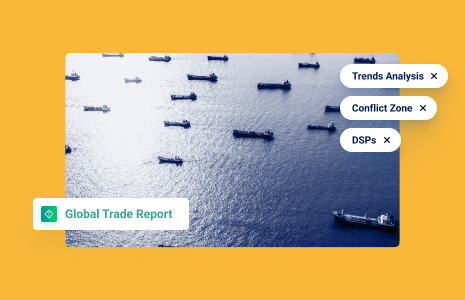What’s inside?
Not Seeing the Sea is Costing Banks Business
For the commodity divisions of some banks, up to 50 percent of what they finance is shipped in containers. This is obviously a significant portion of the business.
Container and vessel tracking is essential to both the buyer engaging in a refinancing process and the financing bank receiving the money it lent. That money is received ONLY when the commodity reaches the buyer. But many financial institutions are left unaware of exactly when a container or vessel is scheduled to arrive, or of any potential complications and delays along the way: port congestion, unexpected transshipments, weather delays, etc.
The route deviations we are seeing from major shipping companies as a result of the Houthi attacks in the Red Sea and Iran’s ship hijacking are a good example of how quickly things can change and complicate trade routes.
Financial institutions require predictability, which requires visibility, so many of them already possess container solutions. But these solutions mostly lack integrated sanctions compliance and due diligence capabilities, either:
- Putting banks at unnecessary financial, regulatory and reputational risk
- Causing financial institutions to act with an overabundance of caution, costing them legitimate business opportunities
Without adequate sanctions compliance and due diligence technology, banks cannot really know if transactions are in-line with their strategies and risk appetites. It might seem reasonable to hire five more lawyers, or compliance experts, but the current market has run dry and this will be more expensive in the long run than getting a foundational, integrated AI system for supply chain and maritime tracking.
Financial institutions lacking AI-powered detection and tracking often resort to continually asking customers for container arrival updates. Understandably, some customers get tired of these interactions and look for a more technologically-advanced bank or lender, resulting in a loss of business. Technology exists that will empower banks and financial institutions to proactively address potential issues before questions are asked…

2 Ways to Achieve Actionable Visibility & Improve Business
A Maritime AI™ platform offering both compliance and container visibility in an integrated fashion (more on that in a second) offers an adaptable and end-to-end solution, providing financial institutions with the predictability and visibility they require.
Here are two capabilities that will help financial institutions transform:
- Advanced sanctions compliance
Dark activities are still popular, but today’s illicit actors opt for more advanced tactics. They manipulate vessels’ AIS to seem legitimate, while actually engaging in deceptive practices that expose stakeholders to regulatory and financial risks. AIS transmissions cannot be trusted without the full context of the vessel behavior. Organizations require careful screening and advanced Maritime AI™ insights for more accurate decision-making.
Windward offers complete sanctions compliance evaluations and illicit activities detection in real-time, and in-line with market events and trends. This includes the only market solution for location (GNSS) manipulation, 96% ship-to-ship detection accuracy with unique meeting classification and second vessel criteria applications, and 75% fewer false positives for both wet and dry commodities.
- Actionable container visibility
Actionable ocean freight visibility requires exceptions insights and custom-made analysis. Information on carrier ETA, transit times, and other crucial milestones are critical for knowing when vessels and containers arrive.
Deep learning algorithms and more than 12 years of expertise enable Windward to deliver the most accurate ETA predictions in the industry. Approximately 87% of Windward’s ETA predictions offered 10 days before the actual time of arrival (ATA) are accurate.*
*Predictions within a range of +/- 48 hours of the ATA.
Bottom line – possessing both advanced sanctions compliance and actionable container visibility in a single platform is efficient and cost-effective, protects financial institutions from risk, and enables them to grow their business.
This goes next-level when API technology is deployed for ease of integration. Financial institutions don’t have to change their existing workflows and can customize and configure risk based on their parameters. This is ideal for bulk compliance and the container visibility domain.
Windward’s Trade Finance API flow includes voyage verification and vessel compliance pre-trade (including RAG compliance screening and risk building blocks), and container milestones and vessel monitoring post-trade (including deceptive shipping practices, port calls, destination changes, and risk score changes).
Streamlining Shipping Challenges
Adding generative AI to the mix will also help financial institutions save money and resources. To give just one example: currently, many financial institutions are writing up to 100 risk letters on suspicious vessels, etc., per month to customers.
With a compliance and container visibility system that utilizes generative AI, agents no longer have to manually shape the content of that letter and write in the name of the recipient – the whole process is automated and immediate.
Our recent webinar, Vertical AI + Gen AI: The Next Maritime Trade Disruption, will go beyond buzzwords to explain how the combo of vertical and generative AI can boost your business. Check it out now!
And stay tuned for our blog post on the importance of understanding war risk areas and their effect on your organization’s business…



